The essential HIPAA compliance checklist you need
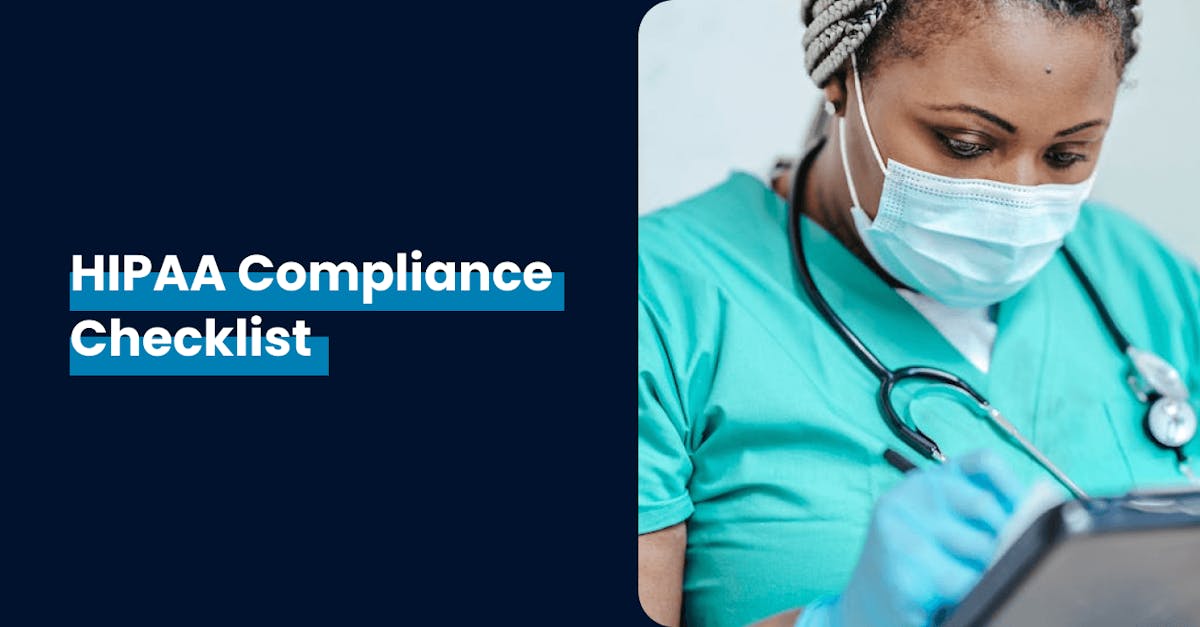
At a time when sensitive healthcare information is widely shared, it’s extremely important for healthcare organizations to comply with the guidelines set by the Health Insurance Portability and Accountability Act (HIPAA).
This article will help you define HIPAA and explain why your organization should adhere to it. It’ll also guide you through a HIPAA compliance checklist, highlighting the essential steps to secure your organization's adherence to these regulations.
What is HIPAA compliance?
Health Insurance Portability and Accountability Act or HIPAA is a comprehensive framework designed to safeguard protected health information (PHI) and maintain data security and privacy. It involves implementing various administrative, physical, and technical safeguards to guarantee the confidentiality, integrity, and availability of PHI.

Compliance with HIPAA regulations is mandatory for covered entities such as healthcare providers, health plans, and healthcare clearinghouses, as well as their business associates. By prioritizing HIPAA compliance, healthcare organizations can maintain patient trust, protect sensitive information, and contribute to a secure and efficient healthcare ecosystem.
What is the Importance of HIPAA Compliance?
HIPAA compliance is extremely important in the healthcare industry since it protects patient privacy and security. Maintaining good compliance with HIPAA, including partnering with a custom healthcare software development company, proves that your healthcare organizations handle PHI with the utmost care, preventing unauthorized access, use, or disclosure of sensitive data. This helps you build trust with your patients and maintain the confidentiality of their personal health information.

Compliance with HIPAA regulations also protects your organization from hefty fines, legal penalties, and reputational damages from unwanted data breaches and unauthorized account access. It reflects your organization’s commitment to ethical practices in healthcare and respect for your patient’s rights in protecting and securing their private information.
Get HIPAA compliant the smart way – train your team today with the best compliance training tool!
What are the requirements of HIPAA compliance?
To become HIPAA compliant, your organization needs to familiarize itself with the HIPAA compliance requirements. This involves understanding different aspects of HIPAA, such as the Privacy Rule, Security Rule, and Breach Notification Rule.

The Privacy Rule sets the standards for safeguarding patients' protected health information (PHI) and grants individuals rights over their health data. The Security Rule focuses on the technical and physical measures required to protect electronic PHI (ePHI). Lastly, the Breach Notification Rule establishes procedures for reporting data breaches to affected individuals, the media, and the Department of Health and Human Services (HHS).
It's important to note that these are just some of the requirements, and healthcare organizations must have comprehensive HIPAA compliance programs in place to address all the necessary elements.
The ultimate guide to HIPAA compliance checklist
To guarantee protected health information (PHI) security, you can implement a comprehensive HIPAA assessment checklist. Short on time to go through all the steps to secure your business' compliance with HIPAA? We've got you covered! Here's an overview of the HIPAA compliance checklist for quick and easy guidance.
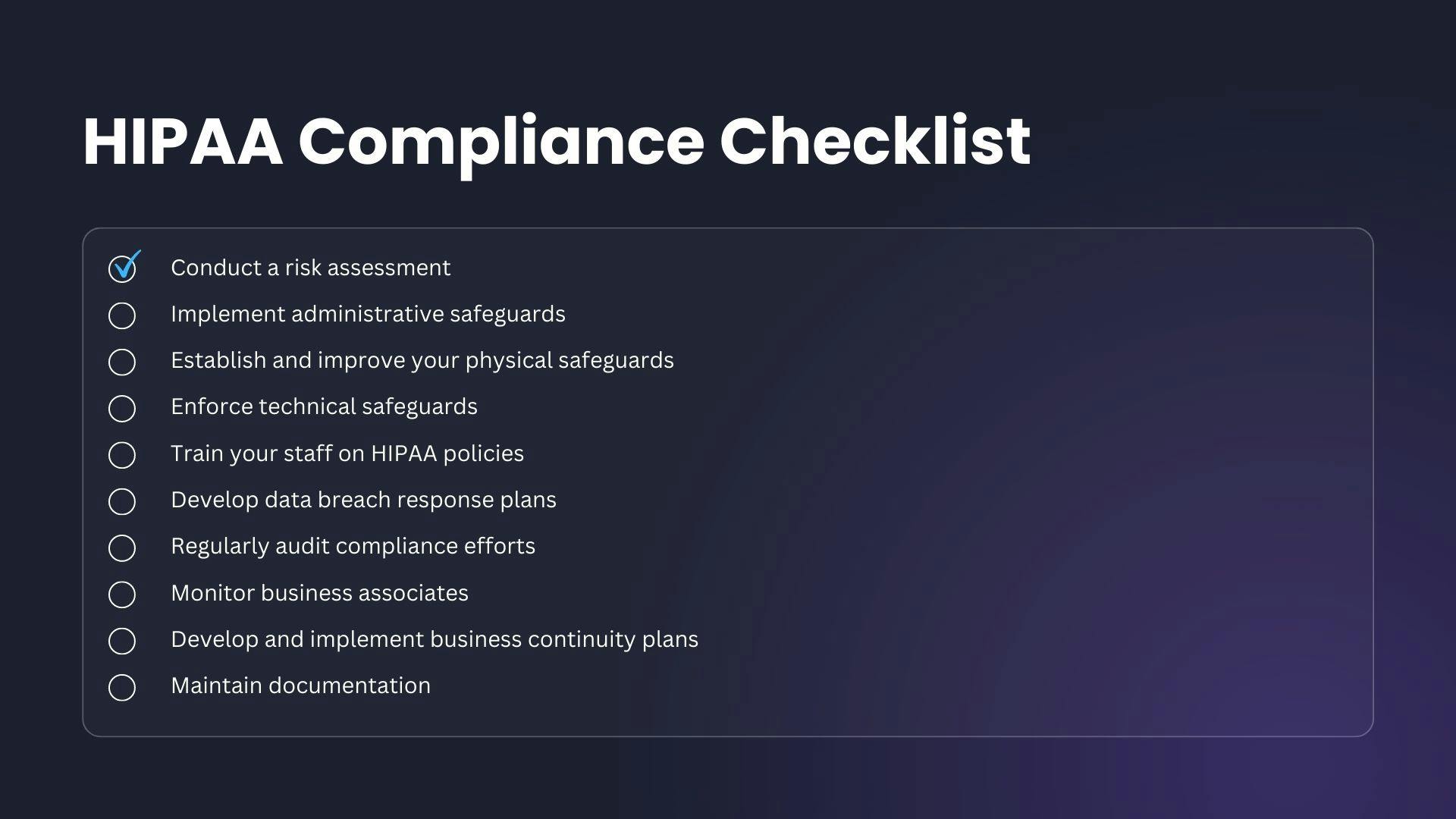
Now, let's delve into the HIPAA compliance checklist and explore the essential steps to make sure your business remains fully HIPAA compliant.
1. Conduct a risk assessment
The first step in achieving HIPAA compliance is conducting a thorough risk assessment. Start by evaluating your physical security, administrative policies, technical safeguards, and employee practices. This will help identify any existing or potential vulnerabilities and threats to the confidentiality, integrity, and availability of PHI.
Conducting a risk assessment will also help you gain valuable insights for developing effective mitigation strategies. By understanding these risks and taking proactive measures, you can enhance your organization’s overall HIPAA compliance and safeguard PHI effectively.
2. Implement administrative safeguards
Implementing administrative safeguards means creating policies and procedures that outline how PHI should be handled, accessed, and protected. These policies should also cover aspects such as data access, data sharing, incident response, and disaster recovery.
Once you have these policies set in place, the next step is to train all employees who handle PHI. Make sure they understand the organization's policies and procedures and are aware of the importance of safeguarding PHI.
3. Establish and improve your physical safeguards
Physical safeguards involve securing the physical environment where PHI is stored or accessed. This is achieved by controlling access to rooms and computers containing the data, limiting it to authorized individuals only. Installing an entry door lock with restricted key or code access can be extremely helpful. Additionally, using cameras to monitor the rooms guarantees that only authorized personnel are going in and out of that particular room, facility, or workstation.
4. Enforce technical safeguards
Technical safeguards consist of security measures that are designed to protect ePHI, or the protected health information that is transmitted electronically. Encryption is one of the most popular examples of technical safeguard. When sending ePHI over the internet or storing it on servers, you can use encryption to make sure that only those with the right decryption key can assess those records.
Installing security software also helps protect sensitive ePHI from cyber-attacks like phishing, ransomware, man-in-the-middle (MitM) attacks, and more. It’s essential to regularly update, assess, and review these security measures to guarantee their effectiveness and alignment with evolving security standards.
Luckily, there are vertical products – meaning specifically tailored to healthcare needs – that you can use. There are practice management billing software products that already come out of the box HIPAA compliant. They come with licenses and technical support to help you get the most out of them.
5. Train your staff on HIPAA policies
Training staff on HIPAA policies and procedures is crucial to maintaining compliance. All employees should receive regular training on HIPAA regulations, the handling of PHI, and the organization's security protocols. Your training programs should cover topics such as data security, password management, and the identification of potential security incidents.
6. Develop data breach response plans
Despite implementing your best efforts, HIPAA breaches can still occur. For this reason, it’s vital to have a robust data breach response plan in place.
Your response plan should outline the steps to be taken in the event of a breach, including controlling the breach, assessing its impact, notifying affected individuals, and cooperating with law enforcement agencies. With a well-prepared response plan, you can minimize the damage caused by a data breach.
7. Regularly audit compliance efforts
Regular compliance audits are essential to make sure that your organization's HIPAA compliance efforts are effective and up to date. Auditors, whether they’re internal or external, need to periodically review policies, procedures, and safety measures to identify any gaps or areas of improvement. These audits offer an opportunity to rectify any non-compliance issues promptly.
8. Monitor business associates
Business associates, such as third-party vendors and contractors who handle PHI, must also comply with HIPAA regulations. Establish agreements with your business associates to make sure they meet the necessary security and privacy standards. Regular monitoring of business associates' compliance efforts is vital to maintain the integrity of PHI throughout its lifecycle.
9. Develop and implement business continuity plans
Developing and implementing business continuity plans secure the continued availability of critical systems and services. These plans should include backup and disaster recovery strategies, redundancy measures, and periodic testing to verify their effectiveness.
By doing so, you can minimize disruptions and maintain HIPAA compliance during unforeseen events, like natural disasters, cyber-attacks, equipment failures, and more.
10. Maintain documentation
Maintaining accurate and up-to-date documentation is crucial for HIPAA compliance. It’s important to document policies, procedures, risk assessments, training records, incident reports, and any other relevant documentation. This will serve as evidence of compliance and create a historical record of your organization's compliance efforts.
EdApp: A Solution for HIPAA Compliance
Maintaining HIPAA compliance is a critical responsibility for healthcare organizations. EdApp, an award-winning learning management system (LMS), can help you build and maintain robust HIPAA compliance.

EdApp offers a range of HIPAA training courses, such as HIPAA Compliance Training and Medicare Fraud and Abuse, which are readily available and free to use. And the best part? They can be accessed anytime, anywhere, and on any device.
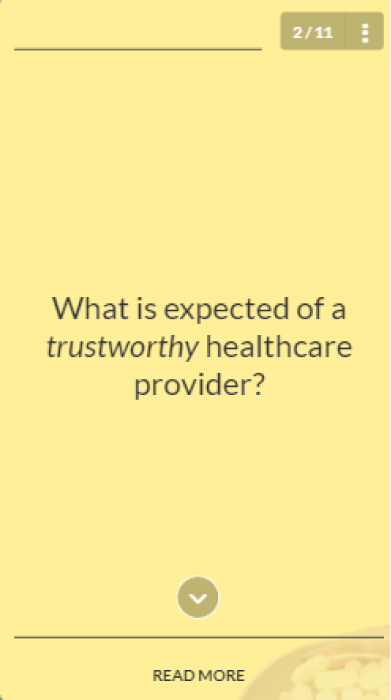
These online HIPAA training programs are designed using the science of gamification and microlearning, making sure that your staff will effectively learn and remember the importance of HIPAA compliance and the specific requirements they need to adhere to. EdApp offers certification capabilities, so you can track and validate your team’s completion of HIPAA training.
If needed, you can also create your own original HIPAA training content. EdApp’s course creator tool can be used to produce custom-made courses with your organization’s policies, procedures, and workflows. Feel free to include real-life scenarios, case studies, and examples that resonate with your staff to enhance the effectiveness of your training program.

You can also take advantage of EdApp’s AI Create to instantly create your HIPAA compliance courses. Using the power of artificial intelligence, this tool can instantly create a fully packaged microlearning course from a single prompt. The end result is completely editable, meaning, you can update the content, and even add your own branding as needed.
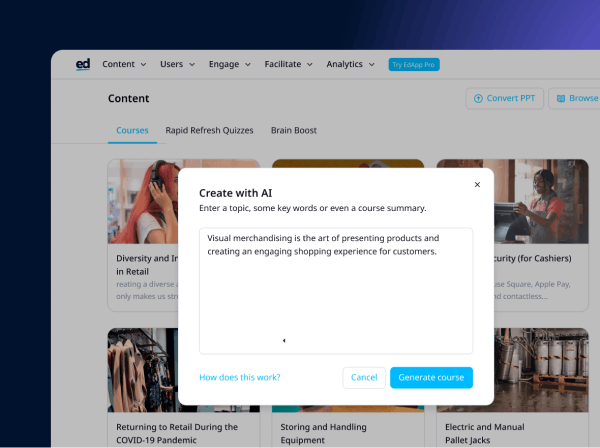
Assess employee knowledge and understanding of HIPAA compliance through quizzes, assessments, and surveys. EdApp has ready-made templates for these assessments, so you don’t have to worry about creating them all from scratch. They bring valuable insights into areas that may require additional training or reinforcement.
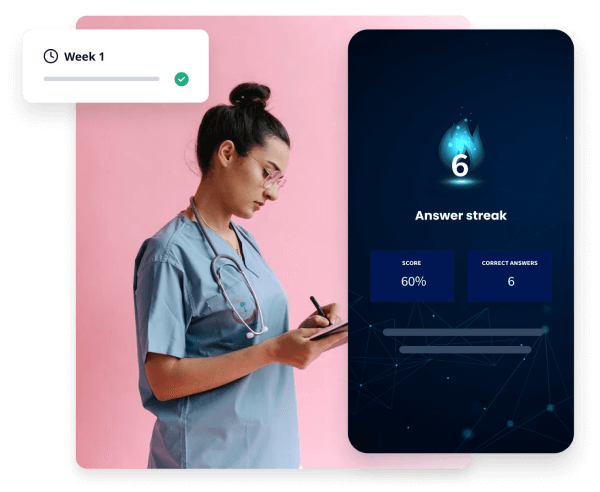
Enhance your HIPAA compliance efforts with the best compliance training platform today!
Author
Jen Avelino
Jen is a learning expert at SC Training (formerly EdApp), a mobile-based training platform that helps corporates and businesses bring their training solutions to the next level. She carries an extensive writing experience in a variety of fields, including architecture, the gig economy, and computer software. Outside of work, she enjoys her free time watching her favorite series and documentaries, reading motivational books, and cross-stitching.
